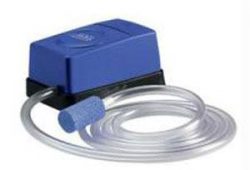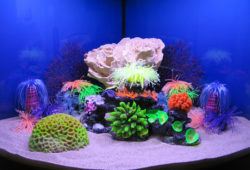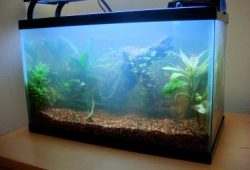Aquarium Heaters
In the article I’m going to tell you about Aquarium Heaters. If you’re putting in place an aquarium for your home, you will most likely want a heater as part of your basic equipment. Most aquarium fish are tropical, that means that you may want to heat the water in your aquarium to stay it on top of average area temperature. Whether or not you reside during a heat climate, a heater is needed to maintain a constant temperature in your tank. Constantly fluctuating temperatures can be damaging to your fish and plant life.

The desired water temperature of your aquarium will depend on what kind of fish and flowers you stock it with; a giant reef tank with tropical fish will need higher temperatures than an aquarium approximating a river ecosystem. Consult together with your fish dealer. Once you recognize the required temperature, make certain that you get a heater with sufficient wattage to take care of that temperature.
If your average area temperature is 68 degrees Fahrenheit and you need to heat your water to seventy eight degrees, then you will would like to lift the temperature by ten degrees. As a easy rule, to boost the temperature by 10 degrees, you would like 5 watts of heating power for every gallon of water. Thus, if you’ve got a 100-gallon tank, you may want 500 watts of heating power. There are varied tables each on-line and at aquarium stores which will facilitate your calculate the wattage that you may would like for your tank.
Heating units are offered during a broad vary of wattages; if you have got a bigger tank (say, 60 gallons or a lot of), it’s often a good plan to get two heaters adding up to the full wattage needed, and to place them at opposite ends of the tank. This can give a more equal distribution of heating power, and guarantee that your entire tank is consistently heated.
The foremost basic reasonably heater is an immersion heater, which hangs on the rear of your tank; it is fully submersed (with thermostatic controls at the high of the unit, above the water line), and consists of glass or stainless-steel tubes containing a heating part that is wound around a glass or ceramic insert. These units must be submerged in water when in use; if they’re left on whereas outside the water, they can overheat and burn out. Most have a engineered-in “safety” or automatic shut-off switch that turns the unit off if it is not submerged. Immersion heaters need very little maintenance; a mineral plaque might build up over time, but this can easily be removed with steel wool.
Titanium immersion heaters are more sturdy than regular immersion heaters, however they are also a lot of expensive. The heating component is virtually indestructible and will not shatter if bumped. Additionally, the outer casing is created of metal, not glass, so it too is additional immune to bumping. The thermostat unit in an exceedingly titanium heater should be engineered into the unit, like regular immersion heaters; some titanium immersion units have separate thermostats, but most aquarium enthusiasts find this inconvenient.
Another kind of heating unit is an undergravel cable heater, that may be a heating part coated in thick versatile rubber designed to be buried beneath your aquarium’s substrate. This kind of heating unit is effective if you have got live plants; heating the substrate creates a light flow of water through the gravel, enabling your plants to soak up a lot of nutrients from the circulating water.
If you’ve got a smaller aquarium, you may contemplate a heating mat, which rests underneath your aquarium. The mats are created of synthetic material concealing a heating element. They’re not appropriate for larger aquariums but may be used for a series of smaller aquariums that don’t require a lot of heating power, or that are too little for an immersion heater. Such undertank heaters are usually used for terrariums housing reptiles and amphibians. A substrate should always be used, and also the heater must be controlled by a thermostat, to prevent overheating. Check the heater often for discoloration or wear and tear; malfunction may end in overheating or maybe a fire.
A relatively new various is an aquarium filter heater: a heating unit that rests within the aquarium filter unit, usually a canister filter, and heats the water because it passes through the filter canister. These are the foremost aesthetic selection, since they reside outside the aquarium and are utterly hidden by the filtration unit. Varied models of filter heaters are designed to figure with specific canister filters; consult together with your dealer.
An aquarium heater is only one element among several when you are first assembling your aquarium project, but you need to be sure to get a heater that’s acceptable for your tank size and conditions.



